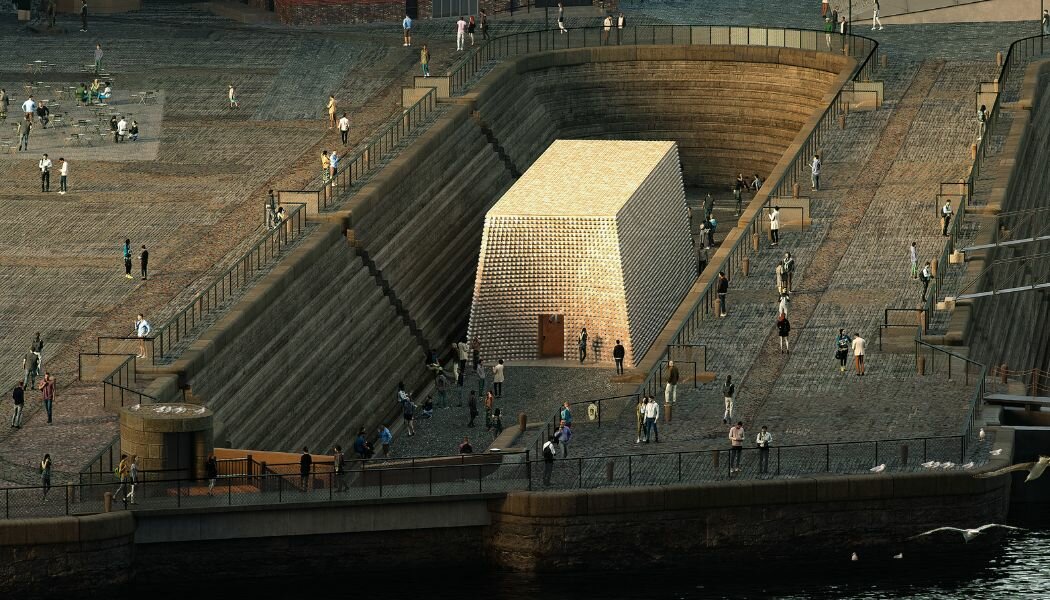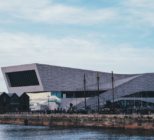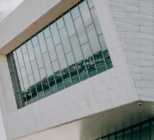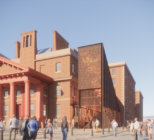The cultural offer at Liverpool’s waterfront is set to expand as plans are approved for the transformation of its historic docks.
Planning permission has been granted to transform the Canning Quaysides and Dry Docks area into a publicly accessible space for “education, contemplation and recreation”.
The plans are part of National Museums Liverpool’s Waterfront Transformation Project, a £15m redevelopment, which is supported by a £10m contribution from The Government’s £4.8bn round one Levelling Up fund.
It will see the south dry dock, built in 1765, become accessible to the public. A new stop wall will be built behind the existing timber gates and a staircase and lift will enable visitors to descend into the historic site for the first time.
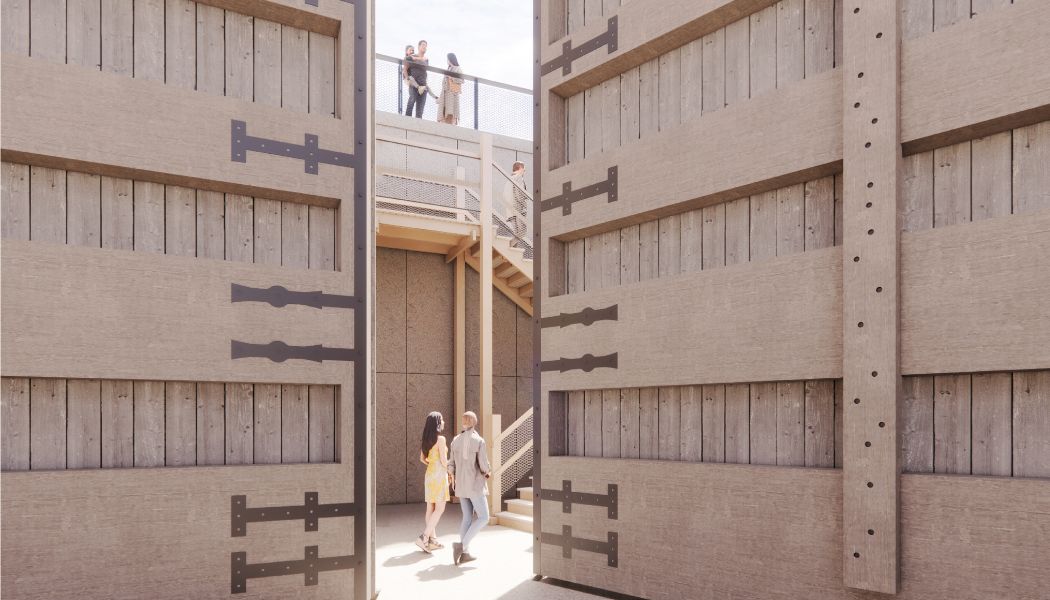
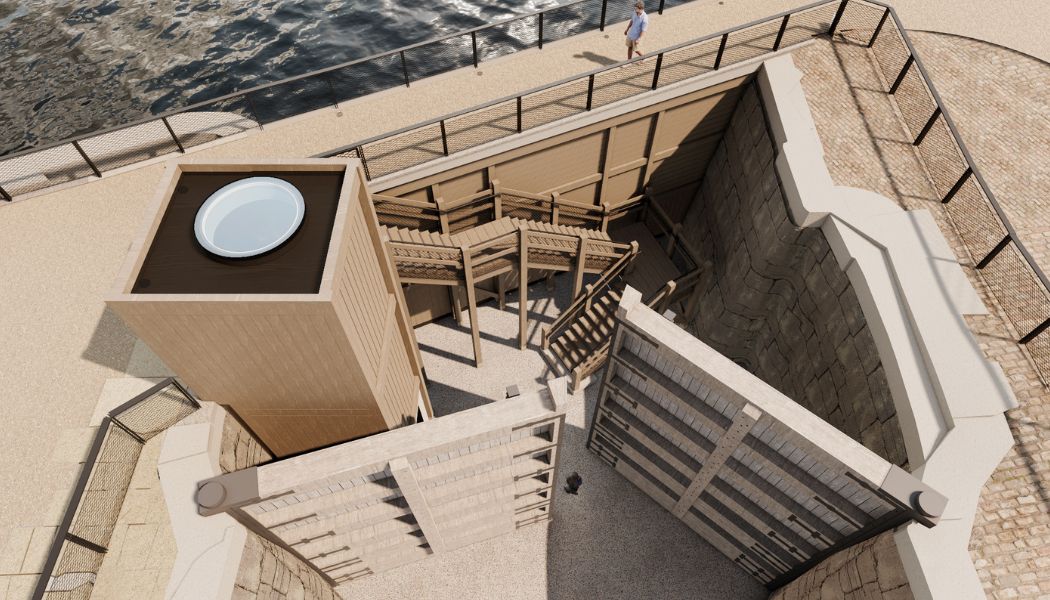
Plans also feature a twin-lever footbridge from the Royal Albert Dock across to the Canning quayside, an open-air events space, and improvements to the interpretation of items around the site.
The pedestrian bridge is hoped to create a better journey for visitors, and enhance connectivity between the International Slavery Museum, Maritime Museum, Museum of Liverpool, and the wider waterfront.
Spanning the area between the Royal Albert Dock and Mann Island, the Waterfront Transformation Project involves key landmarks such as International Slavery Museum (ISM) and Maritime Museum (?), alongside the Canning Quaysides and Dry Docks, as well as multiple smaller dockside buildings.
Historically the graving dock was used to clean and repair ships, including those that were destined to traffic enslaved people across the Atlantic to work.
National Museums Liverpool said the transformation “will bring this history to the public realm and create a space for contemplation of its significance.”
Construction work on the designs, which are being led by architects Asif Khan Studio, and artist Theaster Gates are due to start in autumn.

Gates said: “It heartens me that a city is willing to grapple with its complex history and make space for the unfortunate truth of violence against other people. Even better, Liverpool is making space for celebration, community, and new histories.”
Liz Stewart, Head of Museum of Liverpool, which overlooks the Canning Dock area said: “The dry docks and quaysides have such a powerful heritage narrative, and throughout the process of co-production, we’ve ensured the feedback and ideas coming directly from our communities, is integrated into the designs.”

